Curing Curation Confusion
Programmatic Curation, or simply “Curation,” is the latest craze sweeping adtech nation.
Why has this new term sparked heated debate?
Lack of clarity.
We have too many adtech companies claiming, “We curate,” and it’s unclear what they mean.
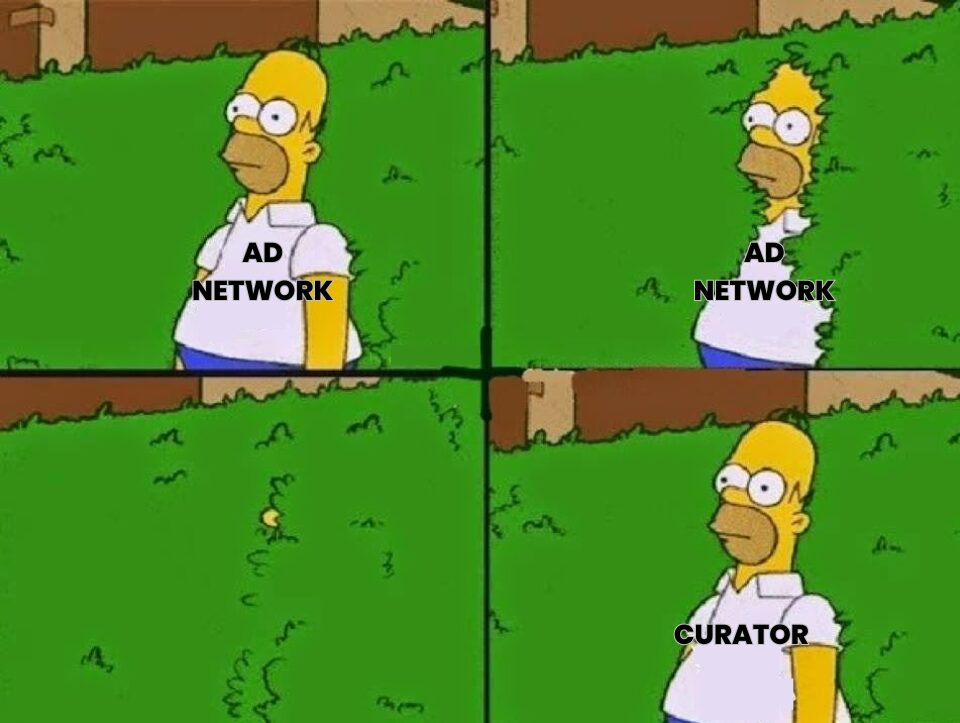
Are they doing something new or rebranding the old thing as Curation?
Below, we break down why Curation IS new. But first, what exactly is Curation?
What Is Curation?
Curation is the process of selecting, organizing, and presenting content or resources in a meaningful way.
An early example is the Library of Alexandria, where scholars chose important texts and added context to create a purposeful body of knowledge.

In practical terms, curation means identifying what’s most relevant or valuable for a particular goal, and making that collection easily accessible.
Ok, then…
What Is Programmatic Curation?
Programmatic Curation is the process of selecting, organizing, and packaging ad inventory to surface the most relevant ad opportunities for specific audiences or campaign goals.
Shorter version?
Filtering programmatic inventory down to the most desired ad opportunities.

Wait, Hasn’t This Always Been Done?
That depends on WHO is doing the curating. Buy-side curation has long been possible, only it wasn’t called Curation.
For example, buyers could manage inventory quality by running on an inclusion list or implementing a blocklist.
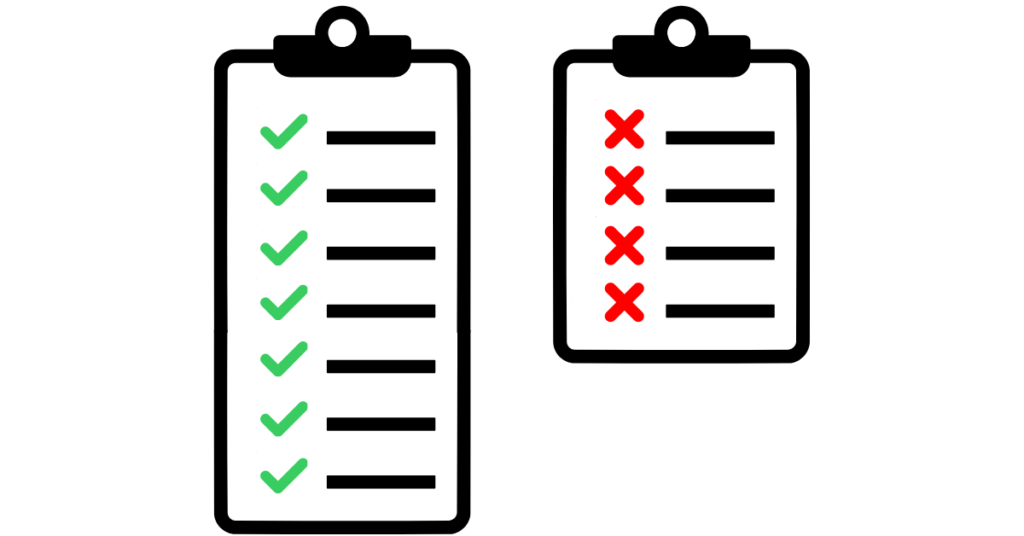
What’s new: Curation can now be done on the sell side, allowing for inventory to be filtered in a data-driven way before it ever reaches the buy side.
Sell-Side Curation – Data Applied in the SSP.
How Is Sell-Side Curation Any Better?
Sell-Side Curation gives buyers a bigger pool of relevant impressions to bid on.
The reason: it makes the impression-filtering process more efficient.
How?
Publishers have impressions they want to monetize, so in a simplified example, they send all of those impressions to their SSP:
Red circles represent undesired impressions.
However, not all of those impressions make it to the buyer.
In Traditional Programmatic, impressions get filtered twice: once by the SSP, and once by the DSP:
Note, though, that both the SSP and DSP end up filtering out some of the desired impressions.
This happens because both parties only have partial information to work from.
The SSP doesn’t have insight into the buyer’s exact targeting parameters and inventory requirements. They instead have to make an educated guess on what the buyer wants.
This will result in a) some good inventory being left out, and b) some irrelevant inventory being sent through in its place.
DSPs will also incorrectly filter out desired impressions due to cookie-matching issues or QPS limitations (we’ll cover both of these in more detail later).
Sell-Side Curation: One Filter to Rule Them All
In Sell-Side Curation, impressions now get filtered only once in a “smarter filter” done by the SSP.
Rather than relying on two parties with partial information to filter inventory, now all the data needed to properly filter impressions is centralized on the sell side:
By centralizing all the necessary data on the sell side, this approach:
- Expands the pool of relevant impressions to bid on
- Reduces missed opportunities for high-value inventory
- Streamlines the bidstream to eliminate irrelevant requests
Sounds Great, What’s The Catch?
Realistically, some filtering will still happen on the buy side. Whether it’s applying an additional data set or optimizing for performance, the DSP manages part of the workload.
Still, efficiency gains come from starting the DSP off with the best inventory and audience pool possible.
To understand the extent of these efficiency gains, we have to evaluate the Curator’s approach.
How Is the Curator Curating?
When someone says they are a Curator, it’s time to ask them some questions.

Curation falls into two main categories:
- Inventory Curation: Focuses on where ads run. This involves filtering sites, pages, or placements to align with advertiser goals.
- Audience Curation: Focuses on who sees the ads. This involves filtering impressions based on user data, ensuring ads reach specific audience segments.
You want to know which type of Curation they’re doing. Of course, the Curator may be doing both–filtering inventory AND applying audience data.
Depending on which type(s) they’re doing, you then want to go one level deeper.
Inventory Curation
If they are doing Inventory Curation, then you want to know more about their methodology. How are they selecting which inventory to include?
1. Manual Inventory Curation:
- Curators hand-pick inventory based on personal judgment (e.g., identifying “premium” sites or placements).
- While effective in some cases, this approach is hard to scale and relies on subjective criteria.
2. Data-Driven Inventory Curation:
- Curators use measurable criteria such as UX metrics contextual targeting, or historical performance data to dynamically refine inventory.
- This method is more scalable and precise, adapting to changing goals or market conditions.
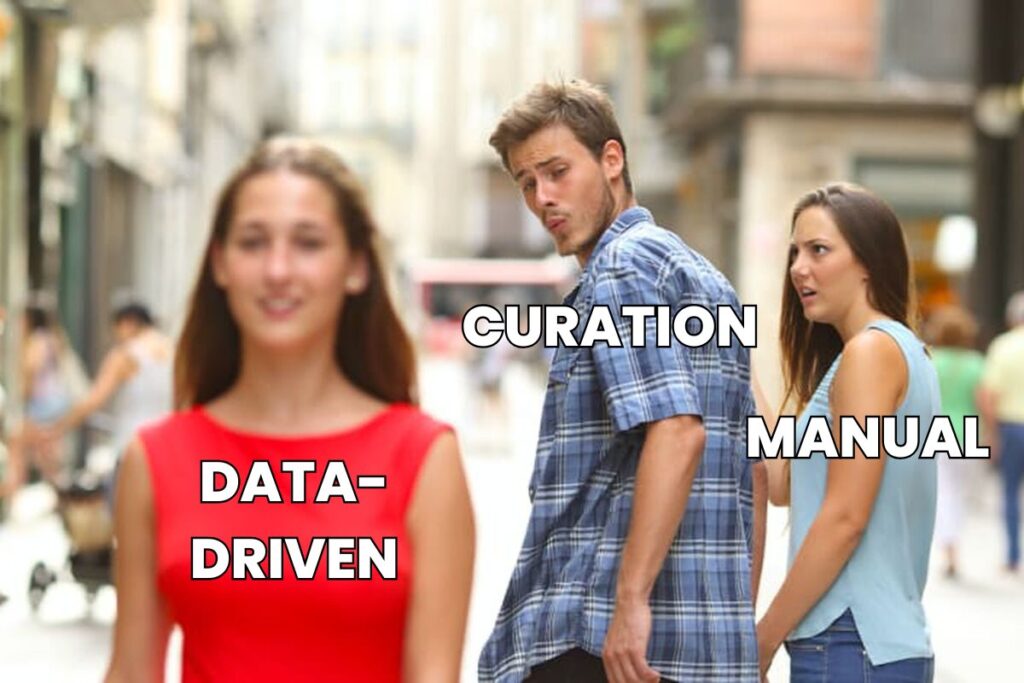
Audience Curation
If they are doing Audience Curation, knowing the Curator’s targeting attributes (demographic, behavioral, psychographic, etc.) is a good start. But you should also look to dissect the data behind those attributes:
Who owns the data?
- Is it first-party data unique to the Curator—something they’ve developed themselves—or broadly available third-party data?
- Proprietary data can offer a distinct competitive edge, while widely accessible datasets may be less differentiating.
How is it collected?
- Where is the data drawn from—real behavioral actions, point-of-sale transactions, location signals, panel measurements, etc.?
- Identifying whether the source is directly observed, inferred, or panel-based helps you gauge its credibility and relevance.
Is it updated regularly?
- Does the Curator refresh the dataset continuously or only at set intervals?
- More frequent updates help maintain targeting accuracy and reduce the risk of relying on outdated information.

Let’s Create Curation Clarity
Bringing it all home, when someone says, “We curate,” you should ask:
- Where is the Curation happening?
- On the buy side (DSP) or the sell side (SSP)?
- What type of Curation is being done?
- Inventory Curation: Filtering where ads run.
- Is it manual or data-driven?
- If manual, do they focus only on the largest, most well-known publishers, or do they have a way to ensure the inclusion of the long tail?
- How do they identify and weed out MFA sites?
- Audience Curation: Filtering who sees the ads.
- What targeting parameters are being applied?
- Inventory Curation: Filtering where ads run.
- If data is involved:
- Who owns the data?
- How is it collected?
- Is it refreshed in real time or updated periodically?
Remember, Sell-Side Curation is the new thing—it gives DSPs a larger, more focused inventory pool to work with.
If the Curator is doing Buy-Side Curation, try to clarify what makes their offering new. They may just mean running you on a manually-created inclusion list.
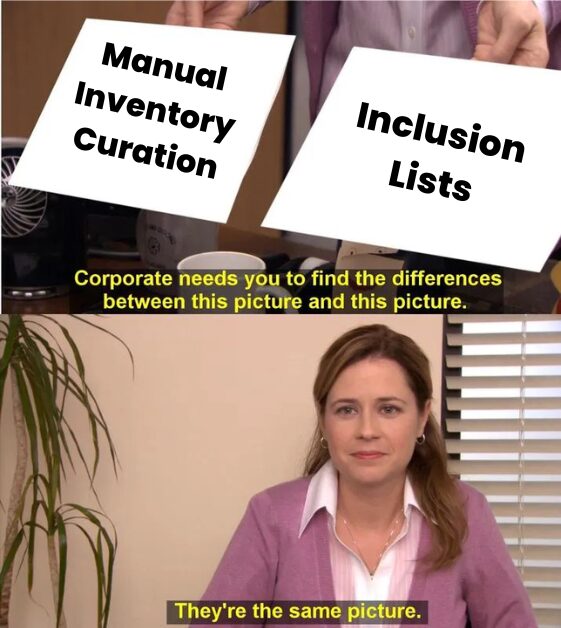
Benefits of Sell-Side Curation
Since Sell-Side Curation is the new thing, we’ll spend our remaining time there.
Let’s take a look at seven ways Sell-Side Curation improves programmatic workflows:

1. Simplifies Testing
One overarching benefit of Sell-Side Curation is how simple it is for buyers to test and compare solutions.

Curated deals are delivered to the DSP via streamlined Deal IDs, making it easy to evaluate one solution against another without hassle.
No contracts, no minimum budgets—just log into your DSP, enable a curated deal, and test its performance alongside your standard line items.
For Sell-Side Curation to have staying power, it will have to perform. This means each Curator will be working on the buyer’s behalf to provide the most compelling package that works.
2. Improves Cookie Matching
To serve relevant ads, platforms like SSPs, DSPs, and DMPs rely on cookie matching to recognize the same user across systems.

Each platform sets its own third-party cookie, and matching these cookies helps them align user identity for targeting and measurement.
Here’s how it works:
- When a user visits a website with ad slots, the SSP drops its third-party cookie (or reads an existing one) and initiates a sync with its partners.
- The SSP calls a partner (e.g., a DSP) and includes its user ID in the request. If the DSP doesn’t already have a cookie for that user, it creates one and returns its new ID.
- Both the SSP and DSP store their respective user IDs in a cookie-matching table, which acts as a shared map of user identity for future impressions.
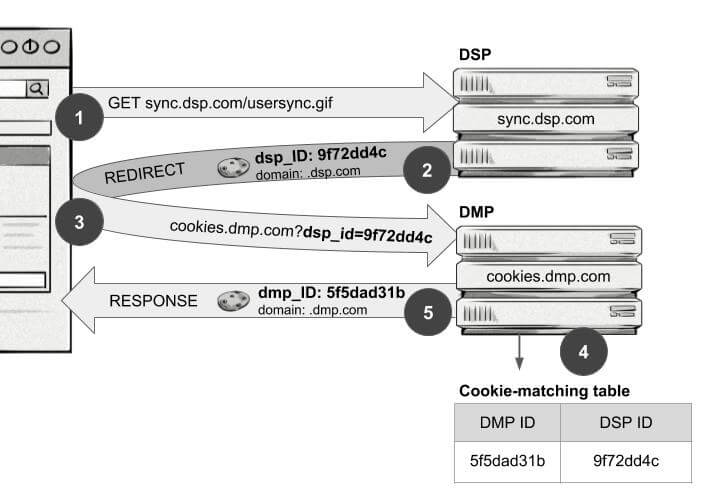
However, this process has inherent challenges.
Why Cookie Match Loss Happens
- Missed Opportunities: Cookie syncing requires that both platforms’ scripts load on the same page and complete their handshake. If one fails to load due to latency or user drop-off (e.g., navigating away before all calls complete), a match is not made.
- Call Prioritization: To keep page load times fast, platforms prioritize syncing with their largest and most valuable partners first. Smaller partners may be deprioritized or skipped altogether, leading to lower match rates.
- Cookie Limitations: Third-party cookies encounter blocks from browsers, deletions by users, or natural churn over time, reducing the pool of recognizable users.
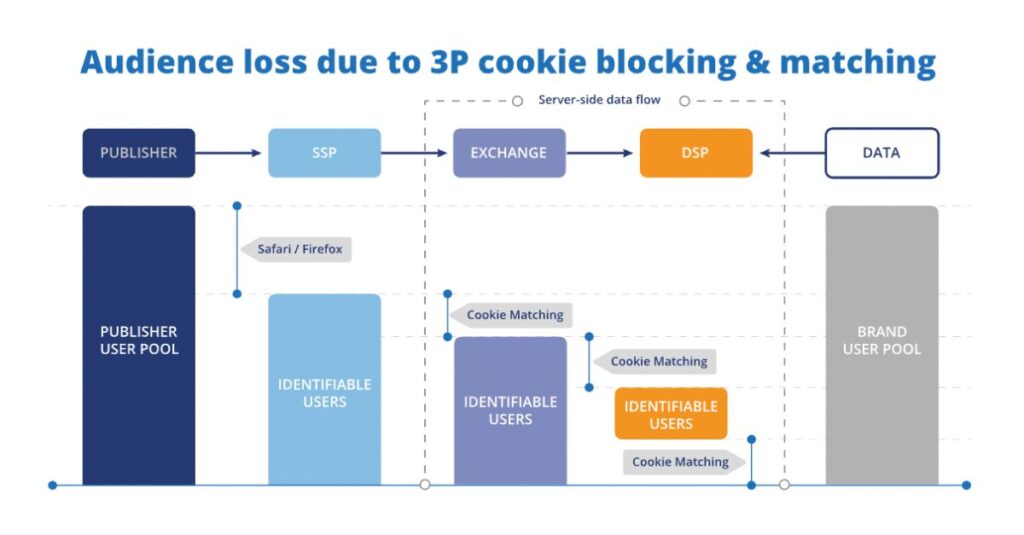
A 60% match rate is often considered a reasonable benchmark, but even this leaves 40% of users unmatched, representing significant untapped opportunity and revenue loss. In practice, match rates are often even lower.
How Sell-Side Curation Helps
Sell-Side Curation addresses these challenges by increasing the number of matched users passed downstream.
By moving cookie syncing and audience alignment earlier within the SSP, Sell-Side Curation reduces the occurrence of common issues like latency, missing IDs, and data inconsistencies.
This approach maps impressions to the right audience pool before the DSP receives them, giving advertisers more targetable impressions and opportunities to meet their campaign goals.
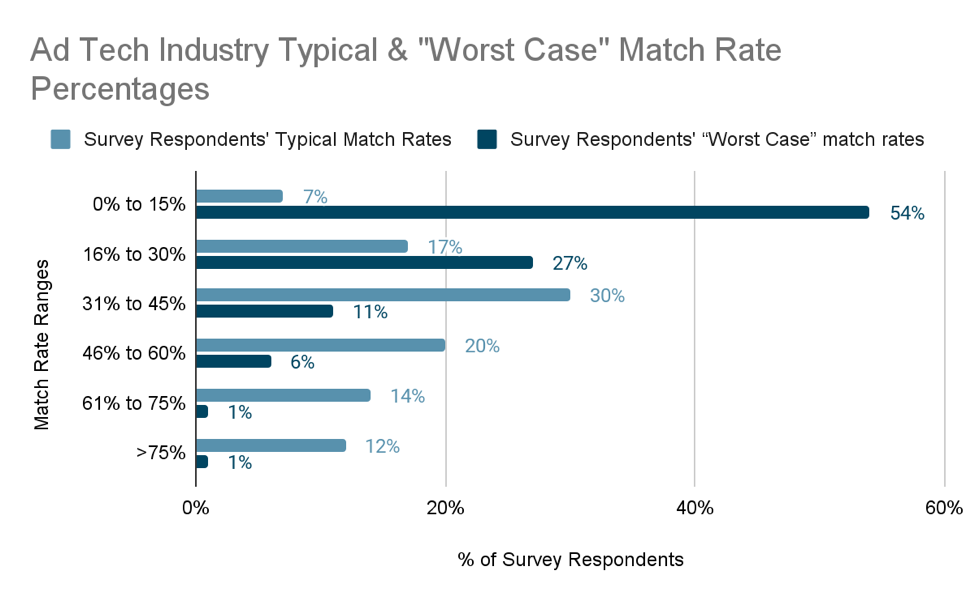
In one study, 40% of survey respondents said that boosting cookie match rates by 20% would result in an expected revenue increase between $1 million and $50 million.
3. Helps In Cookieless Scenarios Too
While cookies still dominate much of online advertising, they don’t cover every scenario.
Safari blocks third-party cookies, accounting for ~30% of U.S. browser traffic.
Factor in the increased consumer scrutiny of data privacy practices with government regulations like GDPR and CCPA, and the momentum towards cookieless environments is only picking up.
And who knows what happens if Google has to spin off Chrome.
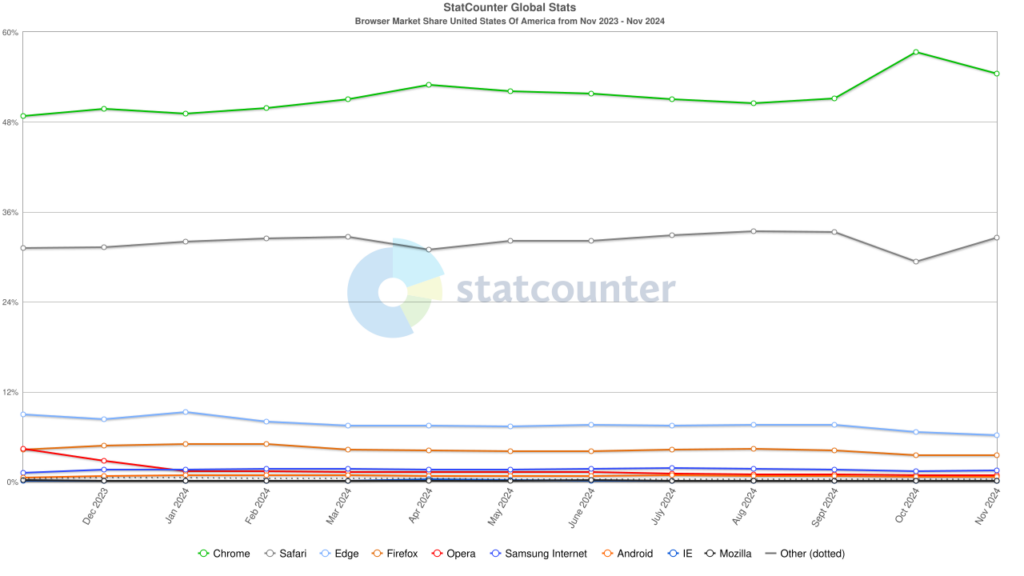
For buyers looking to future-proof their strategies—or simply reach high-value Safari users—alternatives such as first-party publisher data, universal identifiers (e.g., UID2.0), and contextual signals can be used in place of third-party cookies.
In Traditional Programmatic, these signals are typically applied on the buy side within DSPs.
This brings challenges: publisher data may not get passed down, universal identifier adoption is fragmented, and signals can become degraded as they pass through multiple intermediaries.
How Sell-Side Curation Helps
Once again, Sell-Side Curation helps by activating signals earlier in the supply chain, only this time, those signals are the third-party cookie alternatives.
SSPs, with their direct relationships with publishers, have more access to first-party publisher data, contextual signals, and universal identifiers.
Applying these signals sell-side reduces signal loss, improves audience coverage, and helps advertisers achieve better precision and scale than is possible when these signals are applied later in Traditional Programmatic workflows.
And early results look favorable.
Matching on the supply side using first-party publisher data and cookieless signals has shown 30-40% higher match rates than cookie-based matching done within DSPs.
4. Increases QPS Efficiency
Every second, programmatic platforms process an overwhelming number of ad requests. To manage this load, platforms rely on traffic shaping—a process that optimizes how ad requests are prioritized and routed.
A key element of traffic shaping is QPS (Queries Per Second)—the number of ad requests a system processes each second.
To avoid overload, SSPs and DSPs set QPS caps that limit the volume of queries they’ll handle. These caps reduce costs and focus resources on impressions deemed most likely to perform.
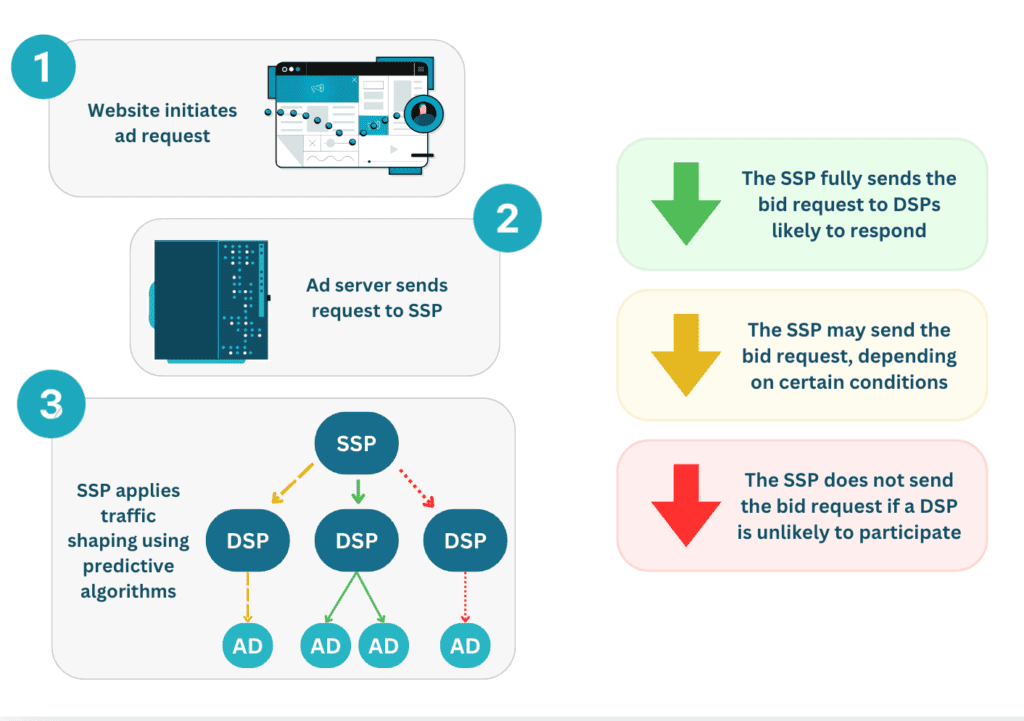
While this system filters out fraudulent traffic and speculative junk (impressions with historically low or no bids), it can also inadvertently limit valuable opportunities.
Consider this example:
A common way to measure ad effectiveness is through cookie-based attribution, which tracks whether someone saw an ad and later took an action, like a purchase or sign-up.
One problem, though.
Safari blocks third-party cookies by default, meaning the majority of actions completed in Safari won’t be tracked or attributed.
This creates the appearance that Chrome vastly outperforms Safari in driving conversions. As a result, most DSPs and SSPs will shift some of their precious QPS caps away from Safari users and towards Chrome users.
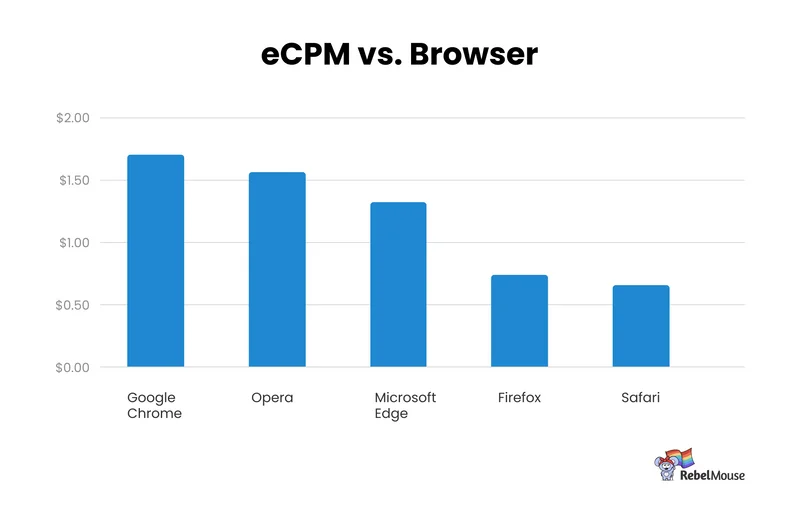
What if you decide you want to be different and buy more Safari impressions through your DSP?
Unfortunately, you’re one of many buyers in your DSP. If the other buyers still spend less on Safari, those impressions will get reduced in your available pool too.
How Sell-Side Curation Helps
Sell-Side Curation redefines what gets sent from the SSP to the DSP and what gets cut out.
In Traditional Programmatic, the SSP might send 10,000 QPS to the DSP. If the DSP decides to whittle that down and only accept 1,000 QPS, it would cut out a whole bunch of Safari based on the DSP’s historical patterns across hundreds of buyers.
With Sell-Side Curation, the Curator could set it up to send only 1,000 QPS to the DSP, where all 1,000 queries are Safari if that’s what the buyer wanted. Then, nothing gets unwantedly cut out.
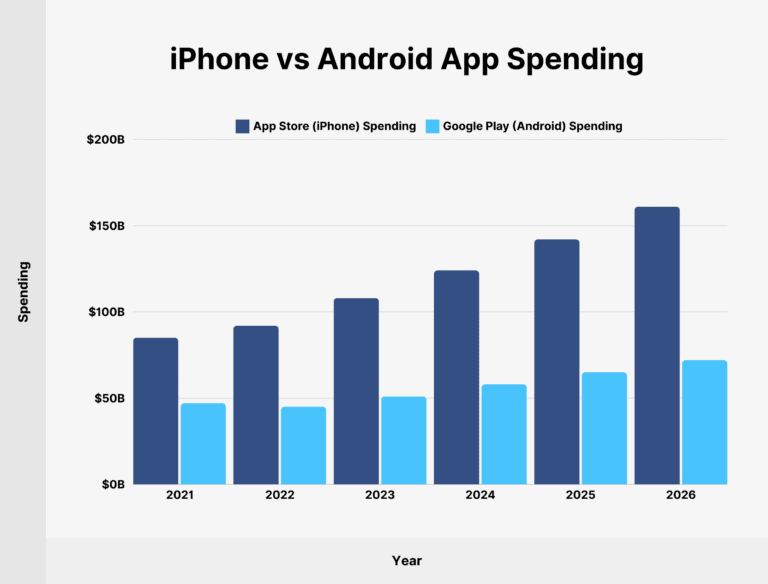
Sell-Side Curation lets you control how your valuable QPS is allocated, ensuring it’s directed toward only the most relevant and high-quality opportunities.
5. Reduces Data Leakage and Improves User Privacy
In Traditional Programmatic, every time data moves—from publisher to SSP, then SSP to DSP—it passes through multiple systems.
Each handoff is an opportunity for data to be intercepted, misused, or retained longer than intended.
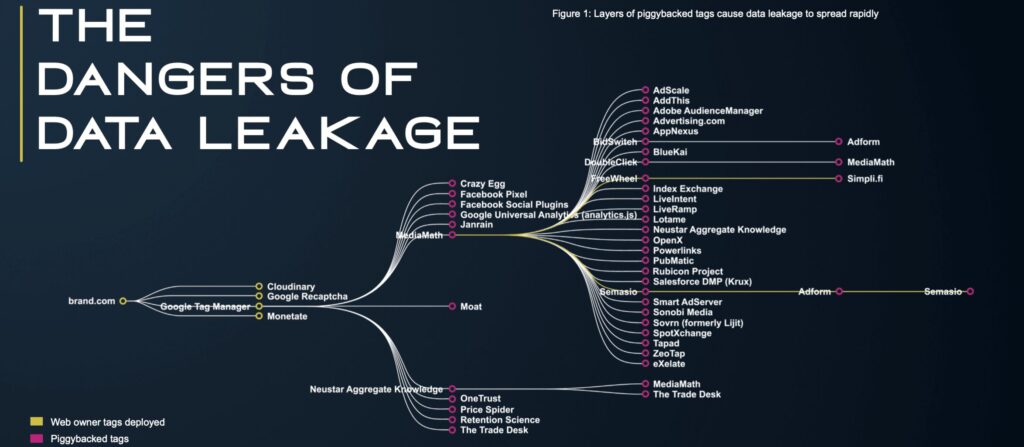
Sell-Side Curation changes the flow by matching data earlier in the process. Instead of sending user data, identifiers, and inventory to the DSP, the SSP sends a single package with everything combined. No need to send the data or identifiers.
By limiting the exchange of user data to fewer parties, Sell-Side Curation reduces the chances for data leakage, making it a more secure approach for protecting user privacy and reducing unnecessary exposure.
6. Empowers Data Providers
In Traditional Programmatic, data providers supply segments to DSPs, but then have minimal direct engagement with the end buyer.
Once a segment is added to the DSP’s library, it’s up to the buyer to discover and implement it—often without guidance or collaboration.
Providers usually only know who uses their data from delayed reports operating on a 30–45+ day lag. This disconnect leaves them unable to respond to buyer needs in real-time.
Sell-Side Curation allows data providers to go beyond simply supplying data.
By packaging their insights with the right inventory, targeting, and settings into ready-to-use Deal IDs, they give buyers a complete solution. Real-time feedback enables providers to adjust and optimize offerings to better align with buyer goals.
7. Simplifies Entry for New Solution Providers
With Traditional Programmatic, a new data provider looking to bring their product to market would have to negotiate separate agreements and complete data integrations with every major DSP.
New entrants can launch a Sell-Side Curation offering by integrating with a single SSP. Sure, each SSP has its nuances, but one SSP gets you access to virtually every DSP. Instead of 12+ integrations, one gets you in the game.
Why should buyers care? You could argue lower barriers to entry lead to more junk solutions flooding the market.
That will always be true, but for adventurous and discerning buyers, more solutions mean more opportunities for innovation and ideas that address your unique challenges.
When in doubt, revisit benefit #1 – it’s easy to test!
Isn’t Curation Just Another Word for “Ad Network”?
There is some validity to this question.
Ad Networks and Sell-Side Curation seem similar because both involve filtering and packaging inventory. However, the key differences lie in where the filtering occurs, how it’s done, and the resulting transparency and efficiency for buyers.
Ad Networks get a bad rap for three reasons:
1. Lack of Transparency

Historically, buyers purchasing from Ad Networks didn’t get the transparency they wanted. Key questions would go unanswered:
- What sites are we running on?
- How do you access your inventory?
- How does your algorithm work, and how will it help us hit our goals?
Because Sell-Side Curation happens within the SSP, buyers can leverage their existing DSP reporting tools to access granular insights into curated deals and audience segments.
This stands in contrast to Ad Networks, which were often criticized for obscuring site reporting and targeting methodologies.
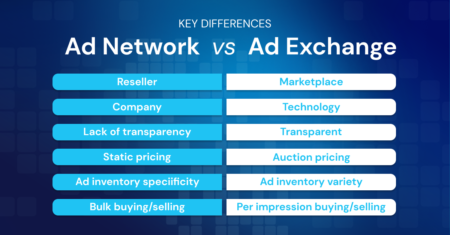
By comparison, many Curators aim to provide clearer insights into inventory selection. This added clarity helps buyers make more informed decisions while reducing gaps in reporting.
2. Ad Arbitrage
Ad Networks engaging in ad arbitrage buy inventory for $0.50 and resell it for $1 without adding anything new or valuable to the opportunity. It’s a markup that means higher prices for buyers and less money in the pockets of publishers.
In the end, these kinds of players get weeded out. This is why many Ad Networks died off, leading to the advent of DSPs and SSPs with more granular controls and transparent fee structures.
Curators adding no value and marking up media won’t last. They must demonstrate value that outweighs their margin to justify their role in the chain.
3. Added Hop in the Ad Chain
In complex ad chains, a publisher’s ad request might pass through multiple Ad Networks before reaching the DSP. Each additional link collects and processes data, adding latency and complexity while slowing down the user experience.
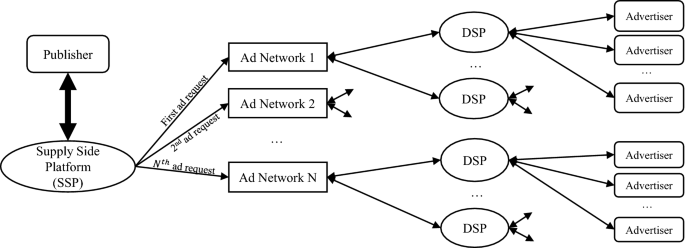
Sell-Side Curation works differently. Instead of requiring inventory to be passed to a new system in the chain, Sell-Side Curators operate entirely within the SSP. They use the SSP’s infrastructure to filter and prioritize inventory before sending it to the DSP, eliminating the need for another link in the chain.
This streamlined approach benefits buyers, users, and publishers alike. Buyers and users experience reduced inefficiencies, while publishers maintain a clean supply path without needing to include Curators in their ads.txt files.
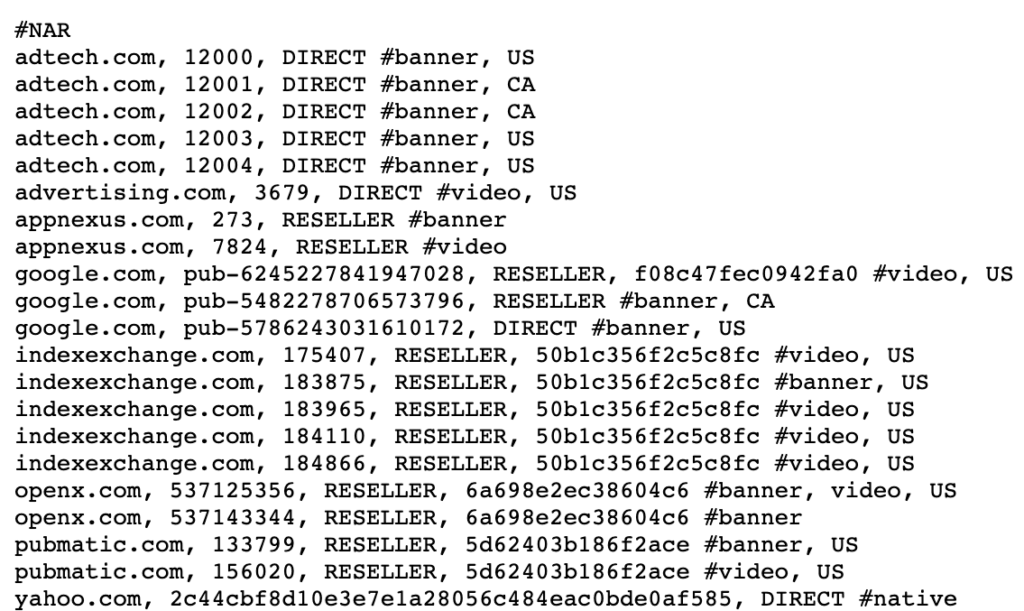
These grievances with Ad Networks have led many to fear Sell-Side Curation is simply a v2.
However, as we’ve explored, the mechanics of Sell-Side Curation thankfully help it avoid many of the inefficiencies and transparency concerns that plagued Ad Networks.
Beyond Buyers, What Does The Rest of Adtech Think?
Skeptics aside, Sell-Side Curation continues to gain momentum. What does this growing adoption mean for other stakeholders in the adtech chain?
DSP Implications
Sell-Side Curation may be causing the most stir within the DSP corner.
There has always been a healthy tension between the buy side and the sell side. Buyers want the best impressions at the cheapest prices, while sellers aim to maximize revenue from their impressions.
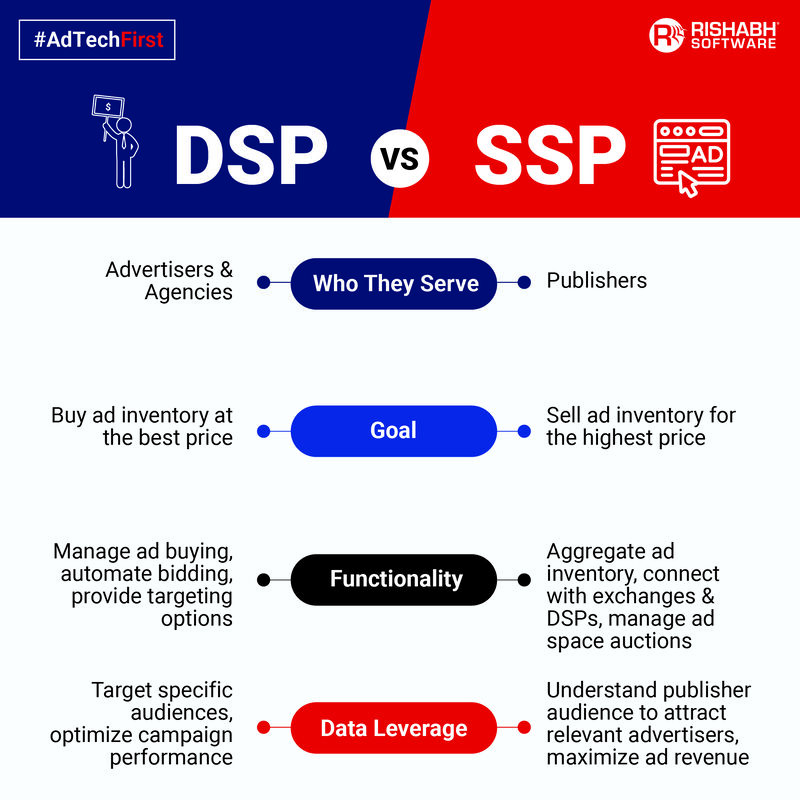
In Traditional Programmatic, the buy side has held the advantage, with DSPs controlling bidding strategies and data layering.
This setup allows buyers to selectively target impressions based on specific criteria, often securing high-value inventory at competitive rates without paying premium prices. Not great for the publisher.
DSPs lose some information asymmetry advantage with data shifting to the sell side.
Sell-Side Curators can pre-select, package, and price inventory more intentionally, creating curated deals that offer scarce and valuable supply at a premium.
DSPs Adapting to the Curation Trend
Not all DSPs see Sell-Side Curation as a threat. Some are even leaning into it, recognizing the value in more efficient SSP-to-DSP piping.
DSPs can source and surface interesting curated packages for their buyers, presenting creative strategies and unlocking inventory suited to their objectives.
DMP Implications
Sell-Side Curation is a win for data owners, especially those with proprietary data that performs.
Previously, DMPs and data owners were just cogs in the programmatic machine, pushing their data into their DSP integrations and then waiting.
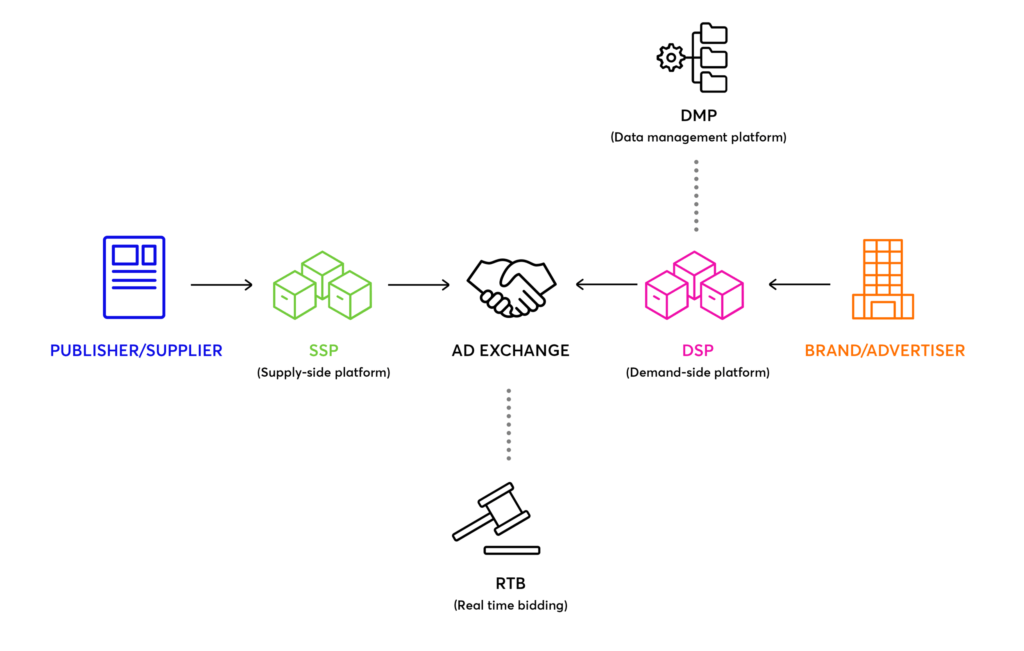
No discussions with buyers or opportunities to make adjustments during the campaign. Sell-Side Curation helps with all of this.
Additionally, third-party cookie deprecation significantly threatened DMPs’ long-term prospects. Shifting to the sell side limits this risk and allows DMPs to utilize alternative solutions, such as universal identifiers.
SSP Implications
In the SSP vs. DSP wars, SSPs have been getting squeezed on both sides. On the publisher side, the development of header bidding commoditized SSPs to an extent.
Publishers plug in the top 5-10 SSPs into their header bidding setup, meaning most SSPs are working with all of the same publishers.
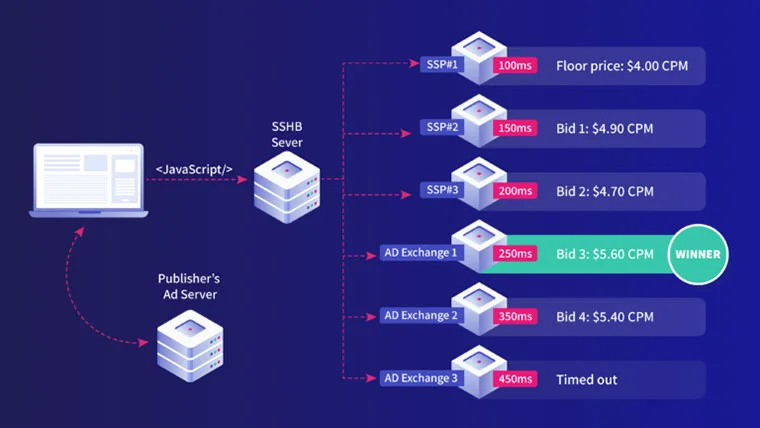
On the buy side, DSPs like The Trade Desk have begun going publisher-direct, trying to cut out SSPs altogether.
With Sell-Side Curation, SSPs can differentiate their inventory by featuring unique Sell-Side Curation partners and building marketplaces tailored to specific inventory profiles.
Many of these solutions filter out undesirable inventory, also helping SSPs address past criticism for letting lower-quality impressions through.
Publisher Implications
Publishers are wary, scarred by Traditional Programmatic’s treatment of inventory to date.
Buyers look to buy impressions at the lowest rate possible, and middlemen take additional cuts before the publisher gets their payout.
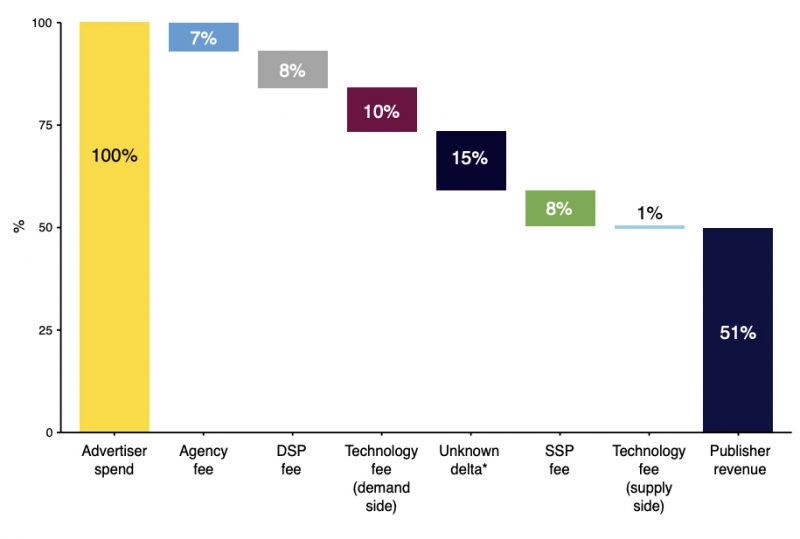
Are Curators another middleman taking a cut and not adding value for the publisher?
It’s a fair question, given that Traditional Programmatic commoditized inventory, failing to reward publishers investing in original journalism and healthy user experiences.
Why pay $5 to reach a user on premium publisher A when the same user is available for $1 on publisher B?
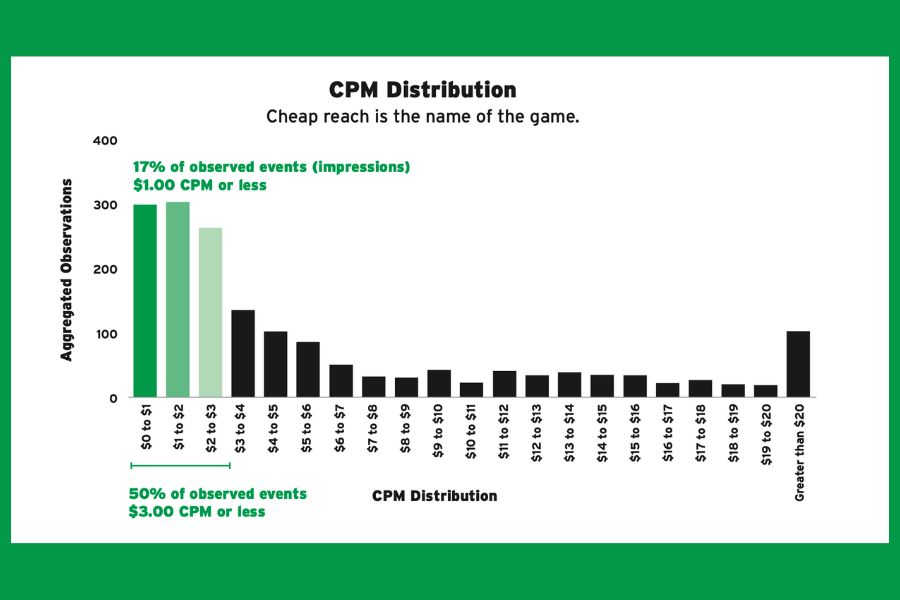
Over time, the focus shifted from the quality of the site and ad experience to simply reaching the target user, regardless of the context.
Efforts that direct programmatic dollars toward quality publishers can reward those doing it right and push out those delivering poor ad experiences.
The Devil Is in the Details
Identifying “quality inventory” is hard—increasingly so if you try to do so across the millions and millions of websites out there.
Unfortunately, some Curators will take the easy way out and focus on “quality inventory” by limiting their deal to a Top 500 or Top 1000 known list.
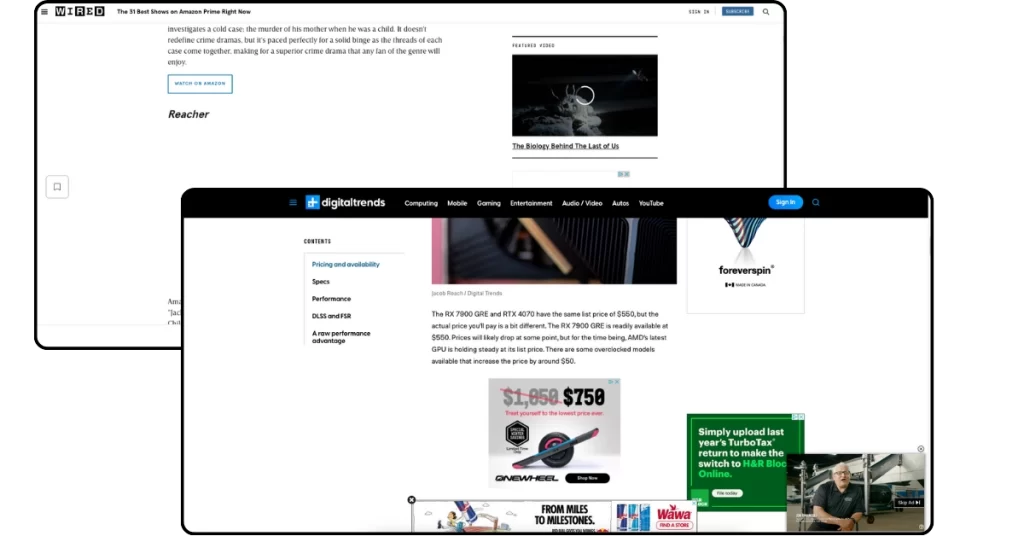
This lazy approach:
- Cuts out a swath of the internet and the advertiser’s target audience
- Misses out on thriving communities and niche passion sites with quality inventory opportunities
- Provides a free pass to the Top 500 websites, even though they are not immune to poor ad experiences
Not all Curators take this path though.
Data-driven Curation approaches can avoid these pitfalls by applying consistent, objective criteria across all sites. For example, UX metrics can ensure uniform user experience standards, regardless of whether a site has the “Top 500” stamp.
A Positive Shift for Publishers
As more buyers test curated deals, there’s potential for a shift in mindset and practices.
Partners who apply robust methodologies to inventory selection can help redirect ad dollars toward better-performing environments, benefiting publishers who deliver value to both advertisers and audiences.
Agency Implications
Agencies should see the benefits of Sell-Side Curation as wins for their clients, from increased scale through filtering on the sell side, to new solutions aimed at improving inventory safety and quality.
For agencies that already handle some aspects of Inventory Curation, these developments might feel competitive.
However, they also open avenues for collaboration. Agencies can work with Curators offering unique data and solutions to explore new ways to tackle persistent challenges, such as brand safety and inventory quality.
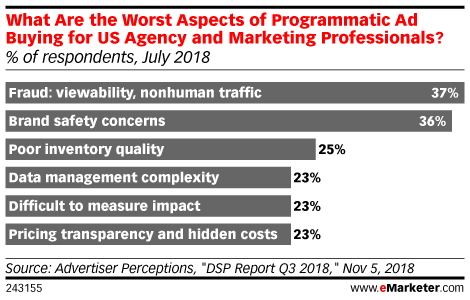
Let’s Get Real – A Sell-Side Curation Example
The easiest way to provide a detailed example is to talk about our own!

At Ad Ambience, we leverage data to gain a deep understanding of the user’s experience on websites. We analyze everything from visual load time and CPU usage to the number of external requests a site makes.
Why might ad buyers care? If the user experience is terrible, chances are the ad experience is too. *Cough, MFA sites, cough*
With Sell-Side Curation, we didn’t need to integrate with multiple DSPs individually. Instead, partnering with a leading SSP allowed us to bring our product to market faster and access a wide range of DSPs.
Sell-Side Curation also enables us to deliver a more end-to-end solution. Rather than offering only data, we combine it with inventory and deal settings in a ready-to-activate package.
This makes it easier for buyers to test solutions against each other. Want to see the effects of running against healthy user experience inventory? Activate our Deal ID and see how it fares against your other line items.
Other Examples of Sell-Side Curation
Targeting Niche Audiences (e.g., Fitness Enthusiasts or Luxury Travelers):
In Traditional Programmatic:
DSPs applied audience data after receiving impressions from the SSP, leading to inefficiencies and data loss due to cookie syncing or ID matching issues.
With Sell-Side Curation:
Now, companies with interesting datasets—like a DMP with a luxury travel audience—can curate at the SSP level. The impressions get pre-filtered based on specific criteria, improving match rates and reducing the QPS strain on the DSP.
Pre-Built Packages Powered by Contextual, Attention, or Sustainability Data:
In Traditional Programmatic:
This data existed but was primarily applied at the DSP level.
With Sell-Side Curation:
Beyond the improved match rates and increased scale potential, the supply side possesses various signals that don’t always get passed through the bidstream to the DSP.
Things like page-level detail, content object, or various metadata signals can inform and strengthen contextual or attention offerings.

Ad Creative Format Compatibility
In Traditional Programmatic:
A high-impact rich media vendor utilizing video may require specific conditions for optimal performance, such as fast connection speeds, compatible devices, and browser capabilities.
In Traditional Programmatic, not all these compatibility signals are reliably accessible. The ad may attempt to serve on incompatible impressions, resulting in buffering issues, creative load errors, or default ads.
With Sell-Side Curation:
The vendor can leverage SSP-level signals, which are closer to the publisher and often include additional data, to pre-filter impressions that meet rich media criteria before reaching the DSP.
This ensures the ad renders as intended, maximizing engagement and maintaining brand quality.
Curated Marketplaces
How are these curated deals being created, and where do they live?
SSPs with Curated Marketplaces allow Curators to log in, create, and provide custom ad packages to buyers. Curators can:
• Configure deal settings including geo, device, ad size, creative format, etc.
• Overlay proprietary or third-party data onto inventory.
• Generate unique Deal IDs that buyers can activate within their DSPs.
• Facilitate easy implementation without complex integrations or setups.
• Pull detailed performance reports to help Curators adjust and improve.
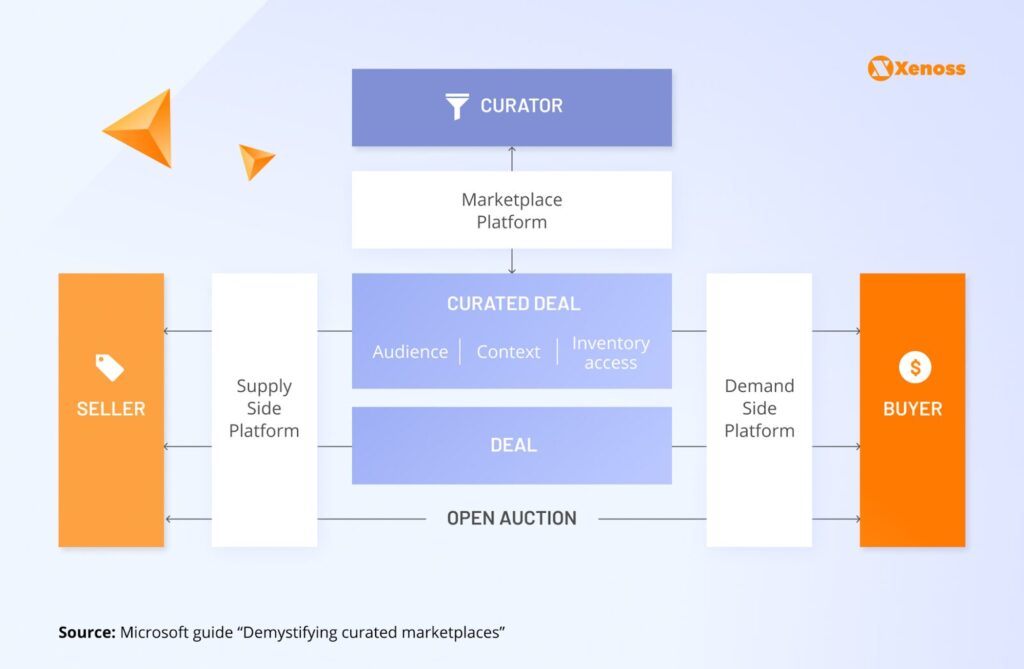
Aside from those standard features, SSPs may differentiate themselves through unique features like exclusive publisher relationships, specialized inventory types, or advanced data integration options.
Examples of Curated Marketplaces include:
• Xandr Curate
• OpenX OpenAudience
• Index Marketplaces
• Magnite Deal Discovery
• PubMatic Connect
These Marketplaces have integrations with most DSPs, ensuring advertisers can access curated packages from their preferred Curators across various platforms.
Ok, So You’re Ready to Test Some Curation Solutions
Now what?
1. Explore Available Curated Deals in Your DSP
The first stop is your DSP’s marketplace or deal library, where they display all Deal IDs available to you.
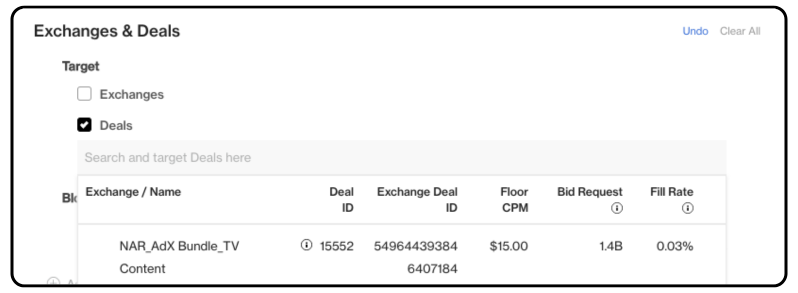
If you don’t see a specific Curation solution there that you had in mind, it’s possible that the Curator needs to manually push their Deal ID to your DSP seat.
In that scenario, you can try contacting your DSP representative for guidance or reaching out to the Curator directly.
2. Tailor Your Testing Approach
Once you’ve identified curated deals of interest, enabling them is as simple as clicking a button—no need for contracts or complex onboarding.
Allocate a portion of your budget to test these deals based on your campaign goals and risk tolerance. This adaptable strategy allows you to experiment effectively without disrupting your existing campaigns.
3. Monitor Performance Closely
As your test runs, focus on the KPIs that matter most to your campaigns. Keep an eye on your standard metrics, whether that’s conversion rates, return on ad spend, or brand lift.
This is also an excellent opportunity to explore emerging metrics like attention metrics, website engagement rates, or UX metrics.
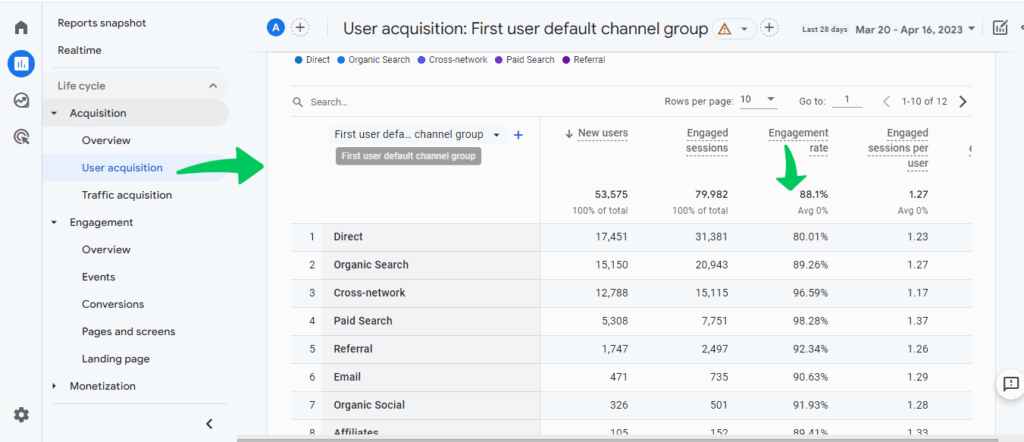
Running curated deals alongside your regular campaigns allows for a direct comparison. Look for significant differences in performance relative to your goals.
4. Connect with Curators for Deeper Insights
Whether you’ve had initial conversations with Curators or are reaching out after launching your test, going further under the hood with them can provide valuable information.
Ask about their methodology, including how they select inventory and utilize data. They may be able to customize their solution to better fit your needs and performance results.
5. Iterate and Optimize
Use the learnings from your initial tests to refine your approach. Adjust targeting parameters, creatives, or budget allocations based on what the data tells you.
Continuous iteration can help you determine which Curation solutions add value and how to maximize their benefits.
Want to Test THE BEST Curation Solution?
If you think there’s even a possibility that, say, ads on faster pages perform differently than those on slower pages, a test would allow you to see for yourself.
Our deals are available in most SSPs, and can be found in DSP libraries under “Curated Ad Experiences – Ad Ambience.” If you don’t see us, check in with your DSP or give us a shout!
(Psst: Here’s a case study just in case)
Conclusion
While any development in adtech will always have its share of haters and skeptics, Sell-Side Curation is enabling some fresh takes on old challenges.
Shifting data application to the sell side has reduced cookie matching inefficiencies, opened up scale previously limited by QPS, and reinvigorated the conversation around inventory quality.
Is there a Curation solution that’s right for your campaign?
Just remember:

